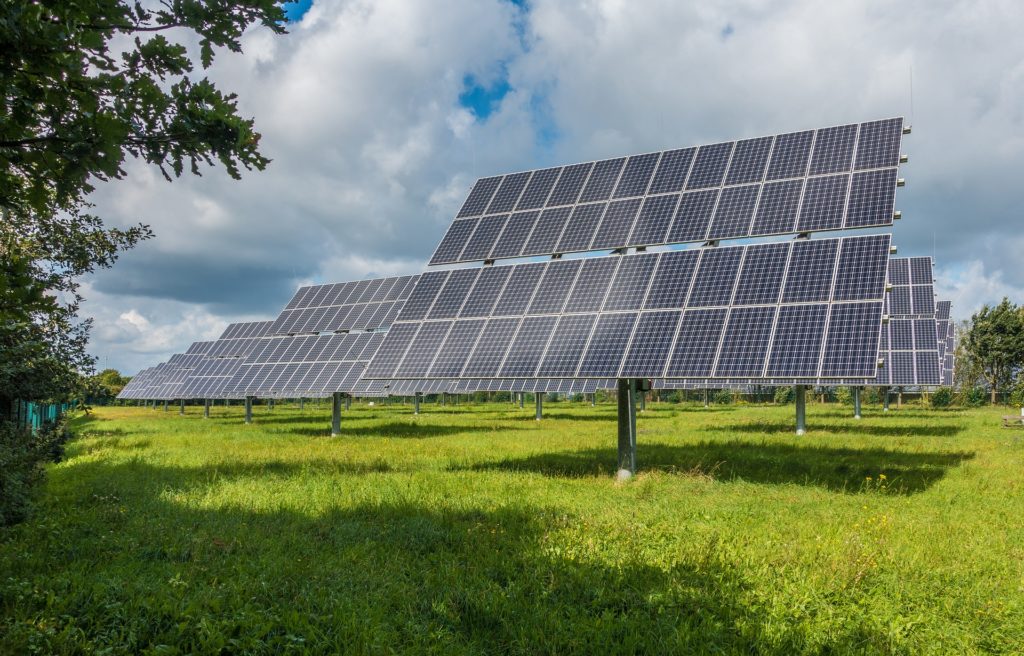
Failure to plan is a plan to fail. And indeed, for several decades there have been many plans set in motion for trying to ensure Mother Earth and her inhabitants can continue to survive and thrive, against the backdrop of the emerging climate crisis. Whether or not, despite such plans, we are ultimately failing is yet to be seen. The purpose of this piece is to explore some of the plans implemented thus far.
In 1985 the United Nations created the Vienna Convention for the Protection of the Ozone Layer, in response to increasing understanding of the depletion of the Ozone Layer around the Earth, and the resultant risks that placed on human health and our environment. This was the first convention of its kind to be signed by every country involved and took effect in 1988, and became universally ratified in 2009. Even more important was the Montreal Protocol, which sits under this Convention. For more on the Ozone Layer and how it was protected, check out our relevant article or video. TL;DR – the member parties continue to meet every 3 years, and the Montreal Protocol is widely considered one of the most successful environmental protection agreements of all time.
1988 also saw an incredibly important body created for assessing the science of climate change. The Intergovernmental Panel on Climate Change (IPCC) was established by the World Meteorological Organization (WMO) and the UN Environment Program (UNEP), and has 195 member nations. They produce comprehensive reports assessing current knowledge on climate change to provide policymakers with regular scientific updates, thereby allowing decisions to be made to mitigate climate risk and ensure preservation of the environment. They began releasing reports in 1990 and have been instrumental as a guiding body for regulations and government decisions ever since.
In 1994 the United Nations Framework Convention on Climate Change (UNFCC) came into effect. It has nearly universal membership, and its ultimate goal is to prevent dangerous human interference with the Earth’s climate systems. The 197 member nations are known as Parties to the Convention, and they meet annually under the banner of the Conference of the Parties (COP), Conference of the Parties serving as the meeting of the Parties to the Kyoto Protocol (CMP) or the Conference of the Parties serving as the meeting of the Parties to the Paris Agreement (CMA). The first sitting of the CMA was in Marrakech in 2016, while the first meeting of the CMP was in Montreal in 2005.

Based on the principles and provisions of the UNFCC came the UN’s Kyoto Protocol. It was the original international agreement aimed at implementing guidelines for reducing global GHG emissions. It was adopted in 1997, came to be enforced in 2005, and applied to the “commitment period” of 2008-2012. There has been much debate over the efficacy of the Protocol, as some of the world’s largest CO2e emitters, China and the United States for example, aren’t bound by it (China, on account of them being a developing nation, and the US decided to drop out in 2001). At the end of the first commitment period, the Doha Amendment was passed, which was to have a second commitment period of 2013-2020. This amendment placed more strict criteria on the emissions of industrialized nations, and they were bound to reduce their GHG emissions to 18% below 1990 figures. However, the issue here was that it required three quarters of the Kyoto Protocol signatories to ratify this amendment. It may not surprise you to learn that it took the following 7.5 years for that to happen. Hence the Doha Amendment was put into force on December 31, 2020. However it’s important to note that as each nation signed, they were legally bound to not do any harm to the intent of the treaty., ie., they were essentially required to adhere to the treaty even as it wasn’t officially enforced.
The Paris Agreement from the 2015 COP21 now essentially replaces the Kyoto Protocol, including the Doha Amendment, as it came into force from 2016 and applies from 2020 onwards. It works in 5 year cycles with each aiming to be more ambitious than the last. The overarching goal of the Paris Agreement is, “Holding the increase in the global average temperature to well below 2°C above pre-industrial levels and pursuing efforts to limit the temperature increase to 1.5°C above pre-industrial levels, recognizing that this would significantly reduce the risks and impacts of climate change”. Each Party who has signed, and there are now 196 signatory nations, needed to submit their plans for climate action (known as Nationally Determined Contributions) by 2020. These NDCs must contain actions which will actively reduce the nation’s GHG emissions, in addition to outlining how they will build resilience with climate adaptation strategies to protect against the rising temperatures.

There is no doubt that the Paris Agreement targets are ambitious and we need to massively increase climate action globally if we are to meet them. But that shouldn’t take away from the fact that they’ve already been successful in smaller ways. Begun by the Kyoto Protocol and continued with fervor by the Paris Agreement, we’ve seen rapid introduction of renewable energy. With the goal of net zero emissions (this document was the first time we’d met what is now a buzzword) agreed to by all signatories, it makes literally no sense to open new coal mines (Australia…are you listening?). Banks and financial institutions have been coming under increasing scrutiny regarding their investment in and ties to fossil fuels, seeing money taken away from these exploits. So while current projections imply that the Paris Agreement has failed to prevent greater than a 2°C above pre-industrial levels temperature rise, there has definitely been solid progress – which without the Agreement, would not have been made.
We must retain positivity and hope – and make yet further plans. Failure to protect our Earth, our home, is not an option.




Pingback:The Carbon Market terms are confusing, so we’re spilling the tea. – swrm